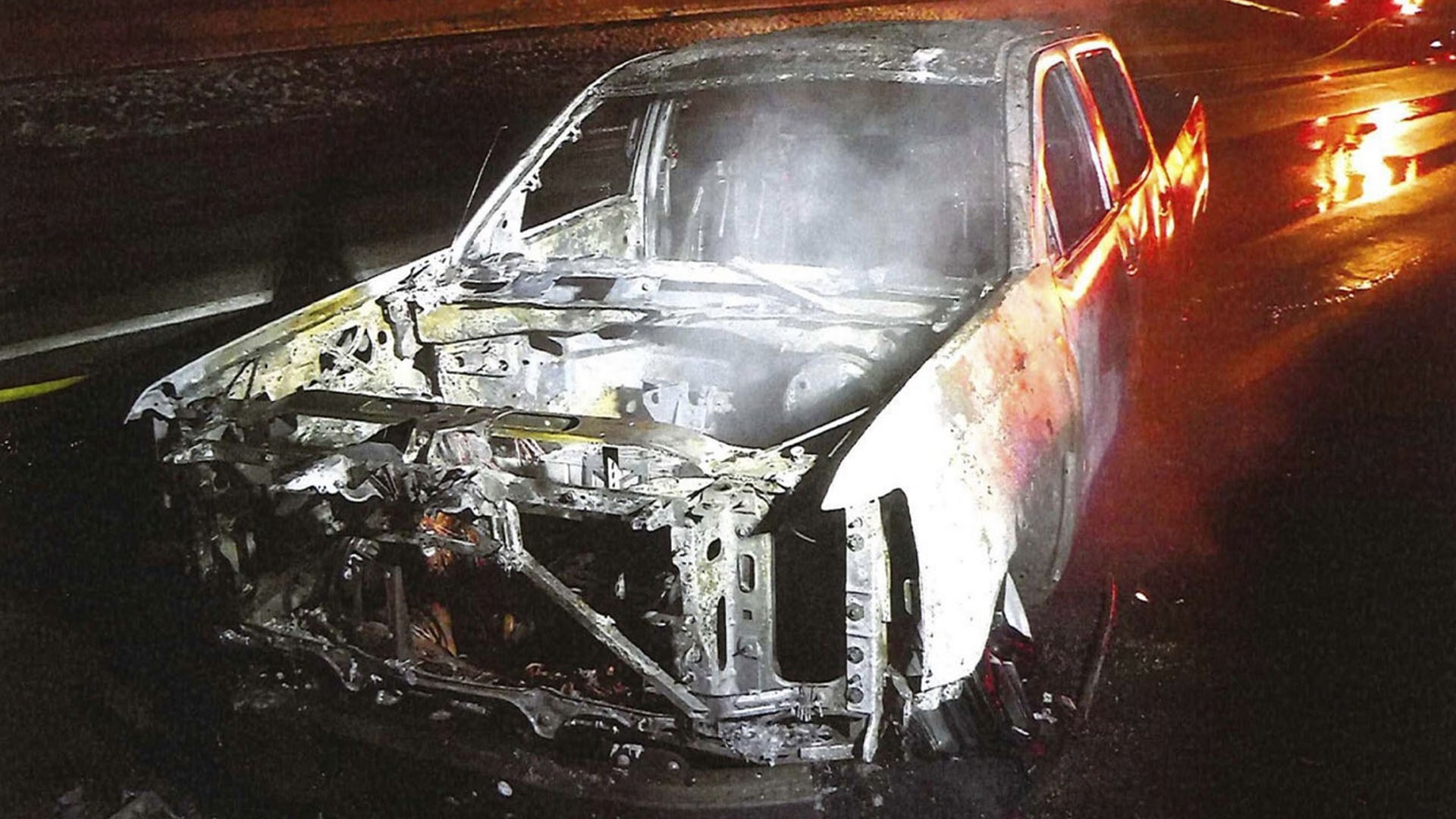

There are more than a few EV startups trying to nail down an American mainstay: the pickup truck. From Canoo to Rivian to Bollinger, all of them want a share of what’s sure to be a hugely profitable segment in the next decade. But it’s hard to determine which ones are legit, and which ones only have a flashy prototype and some renders to their credit.
If short-seller Hindenburg Research‘s report from Friday holds any weight, Lordstown Motors seems to lean toward the latter. According to said report, Lordstown’s flagship Endurance pickup is allegedly years behind schedule, and the number of pre-orders placed for the vehicle was artificially inflated to boost investor confidence. Lordstown’s CEO Steve Burns said in an interview with the Wall Street Journal that Hindenburg’s report was full of “half-truths and lies,” but before that, a road-going Endurance prototype caught fire and burned just after embarking on its initial test drive.

Much of the information about the incident did not come from a company-issued statement, but from a police report obtained by Hindenburg Research. According to the report, the vehicle was on its first test drive back in January for approximately 10 minutes before the company’s Director of Powertrain, Pirakalathan Pathmanathan, said the truck started “driving weird.” He decided to pull over, at which point a fire started under the vehicle. A short time after that, the prototype Endurance was completely engulfed in flames. While the prototype fire happened on Jan. 13, it was only revealed to the public nearly a month later on Feb. 10. According to Hindenburg, Lordstown executives with knowledge of the situation sold $8.8 million in stock before the public was aware of the incident.
Speaking to the Detroit Free Press, a spokesperson for the automaker claimed the incident was a result of “human error” and would not happen again. That’s not to say the vehicle had a collision or anything, though. The prototype Endurance caught fire suddenly while carrying Pathmanathan and two other engineers.
By “human error,” the spokesperson means a mistake in the assembly of the vehicle. That’s not a great look for the company’s very first road-going prototype, but Lordstown claims the issue has been identified, with the PR rep continuing to say, “It wasn’t like the battery exploded, but something went wrong in the hand-build process that led to what caused the fire to start… We made sure the error wasn’t replicated so it wouldn’t happen again. We’ve entered the phase where humans are removed from it.”



The last sentence of that statement references the company’s move to start producing “beta” prototypes of the vehicle. These are pre-production models meant for evaluation and crash testing. As mentioned before, the fire which destroyed this truck happened back in January—it was not a beta prototype.
Regardless, these details of the fire have come out at the worst possible time for Lordstown. The startup must now face questions from investors regarding the blaze, along with what Hindenburg says were pre-orders made by companies that may as well not exist. What’s more, the truck is allegedly far behind schedule despite claims from Lordstown saying it will begin deliveries in September of 2021.
Lordstown Motors’ stock took a steep dive following Hindenburg’s report on Friday but has been slowly recovering since. If the company hopes to maintain that climb, it’ll be essential to refute more of the claims made by Hindenburg, a task which would best be done by actually delivering vehicles come September.
Got a tip or question for the author? You can reach them here: peter@thedrive.com